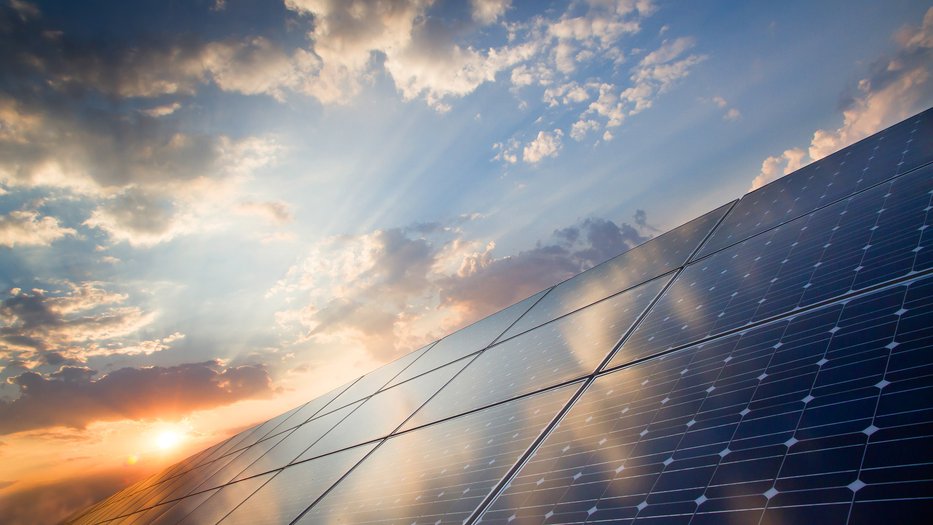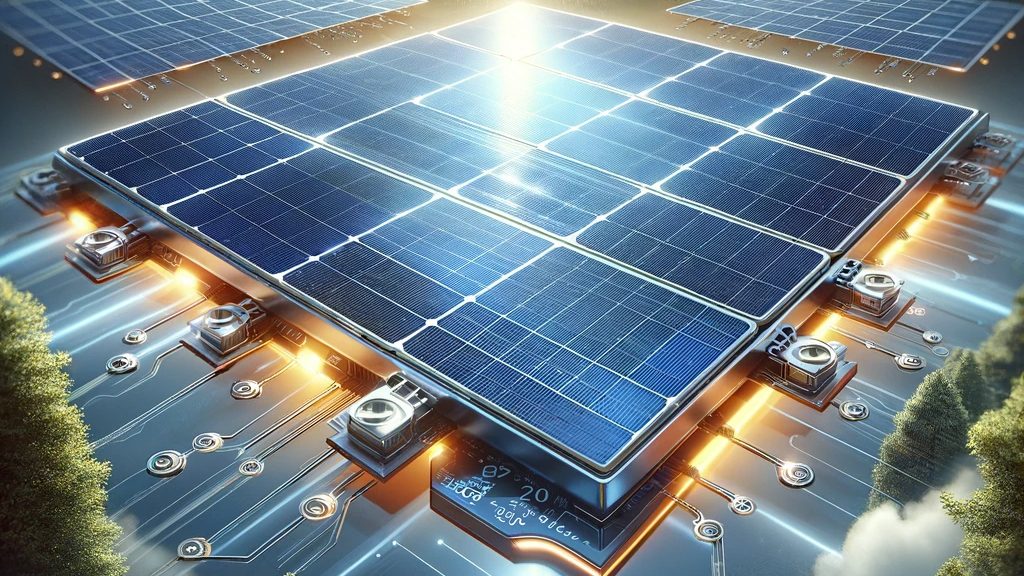5 Innovations In Solar Technology To Combat Heat Loss
2024-05-31
New Materials in Photovoltaic Cell Design
Designing new materials for the implementation of photovoltaic cells is directly connected with the enhancement of their efficiency and reduction of heat losses, which may become the decisive factors of the effective sun energy systems. Among the most important types of materials that are currently being studied designed, one may identify the following. Perovskite Solar Cells One of the most noteworthy novelties in the field of creating materials is the application of perovskites as this material has proved to be highly effective in sunlight absorption and further transport of the obtained energy. The efficiency level of this type of element is claimed to increase up to 25%, which means that it is highly com[etitive in comparison with the silicon type, which is still predominantly used to produce plates of photovoltaic cells. The essential advantage of the perovskite solar cells is the thermal stability of the material, which means that it does not lose its efficiency with the increase of temperature, and this is a vital factor, as this kind of photovoltaic plaques frequently encounters this issue. Transparent Photovoltaic Glass The integration of the technology of solar cells with traditional architecture is one of the most effective steps towards the decrease of energy dependency. The transparent photovoltaic glass installed in various skyscrapers or used for private housing purposes diminishes the consumption of traditional sources of energy and substantially reduces the amount of heat absorbed by them as these windows do not heat and, thus, do not warm the apartments, which eliminates the necessity of additional cooling. Graphene-Based Photovoltaics This type of solar cells is one of the most effective and efficient ones, which is mainly attributed to the enhanced conductivity of the material. The developed plates are incredibly thin and flexible, which makes it possible to employ them with the least damage. Notably, their thermal management characteristics are also particularly effective as the device can control the level of absorbed heat. Heat-Reflecting Coatings An innovative material, which has manifested its effectiveness, is the sun cells equipped with heat-reflecting coatings. Those reflect long-wave infrared radiation, which is characteristic of the absorbed heat. Scientists note that the coating is capable of reducing the temperature of the surface of a photovoltaic element by ten degrees, and it efficiently influences its overall performance – this variable is claimed to enhance by c.a. 5%.Advances in Glass Coatings to Reflect Heat
One of the greatest innovations that have transformed the efficiency of buildings and photovoltaic systems is the discovery of heat-reflective glass coatings. These coatings, often metal oxides like titanuim dioxide, are applied on the exterior of the glass material. They tend to reflect the infrared radiation while absorbing the visible radiation allowing to maintain the interiors cooler and reducing the cost of cooling equipment in the enclosed space. Low-Emissivity Coatings An innovative form of this particular technology is low-emissivity coatings, which often tend to reflect up to 90% of infrared solar radiation and yet allow the visible light to pass through them. The intensity of reflection means that the solar heat gain coefficient is minimized, which is highly beneficial in warm climates with high requirements for air conditioning. The Energy Star products programme has recently reported that buildings with low E coatings in their windows consumed 15% less electrical energy for cooling than those with well-equipped devices in hot regions like Arizona or Florida. Spectrally Selective Coatings Spectrally selective coatings take it one step further and they do not only tend to reflect infrared solar radiation into the atmosphere, but it also tends to make as much use of daylight as possible. This particular form of coating has become extremely useful in large glass facades with the cooling requirements of commercial buildings. These glass surfaces tend to remain clear, allowing a good view of the outside, while at the same time reducing the heat load of the interiors of the same. The efficiency of these particular coatings is reflected from the fact that they reduce the use of artificial lighting during the day while maintaining the internal temperature. The application of such coatings is not just limited to windows but have also been useful in maintaining the silicion surface of a solar panel at lower temperatures. A solar panel with a heat-reflective coating on its surface is operating at temperature 5°C less than the surface of a silicon panel. This means that the cell performs better and leads to about 2-3% improvement in its performance during peak sun conditions.
Enhanced Frame Designs for Better Heat Dissipation
When it comes to solar technology, one of the crucial parts of it is frame design or, to be more precise, heat management. A subclass of frame innovations was created to increase the capacity of the frame to dissipate heat. The materials and structures used for this frame pose to allow more air inside for better air circulation and a way of releasing heat. Each of these innovations should become more common in the future. Aluminum Frame with Thermal Breaks These types of frames are not a new occurrence in terms of modern photovoltaic cells. Recently the usage of aluminum frames increased many times due to the introduction of thermal breaks. This frame utilizes a non-conductive material placed in between the interior and the exterior of the frame. This way the heat is not conducted across the frame, interrupting the thermal path. Nowadays the frame-conducted heat transfer may be reduced by 40%, which makes this frame imperative for the operational efficiency of photovoltaic panels, especially in countries with high climates. Ventilation Frame Design Ventilated frame design is one of the most basic approaches. It implies creating an opening or infusing the flow channel into the actual frame, allowing air circulation all around the solar cells. Air circulation results in better heat removal, thus saving the solar panels from overheating. This design was tested in the field, and the air-flowed frame was 5-10 degrees Celsius colder compared to conventional-frames, depending on the ambient temperature and some other designs in the frame. Composite Materials Another development created by a research and development wing refers to composite materials. While those are not as light as metals, the new composite materials, like fiberglass or reinforced polymers, are significantly lighter. They also exhibit lower thermal conductivity, which leads to the solar panel’s surface being about 3°C cooler when the composite frame is used. This allows to reach a performance gain of about 1.5% under typical operating conditions.Smart Solar Systems for Dynamic Efficiency Management
Smart solar systems are those that use advanced technologies to improve energy production and mitigate heat losses dynamically. They use sensors, data of which is processed by the software that runs on microcontrollers within the solar array, and then the array’s operation or environmental systems are automatically adjusted to maximize the total effect. Integrated Sensors and Their Uses The first development that is common in these installations is the use of temperature sensors integrated with the panel themselves. If these sensors indicate a critical temperature is reached, for example, in Northern California, the temperature is frequently above the efficiency cap of approximately 25 degrees Celsius, a cooling mechanism is activated. With advanced panels, these can be active, employing a ventilation system to pass air through the panel, or fluid systems that circulate cooling water through the array. It has already been demonstrated that a smart solar installation in California, reliant on immersion cooling, can keep its temperature about 20% lower than the ambient temperature of the location. The system’s efficiency was about 5% higher than the uncooled panels during the peak hours of sunshine. Automated Panel Flow Adjustment Another technology used in these systems is the automatic adjustment of the panel tilt. Their angle is frequently adjusted between morning and the evening to adjust them to the position of the sun high in the sky. As the day goes and the sun gets lower, heat losses related to the angle of incidence become significant. These operations shift the angle and allow the system to get as much as 10% better energy capture rates than static installations.